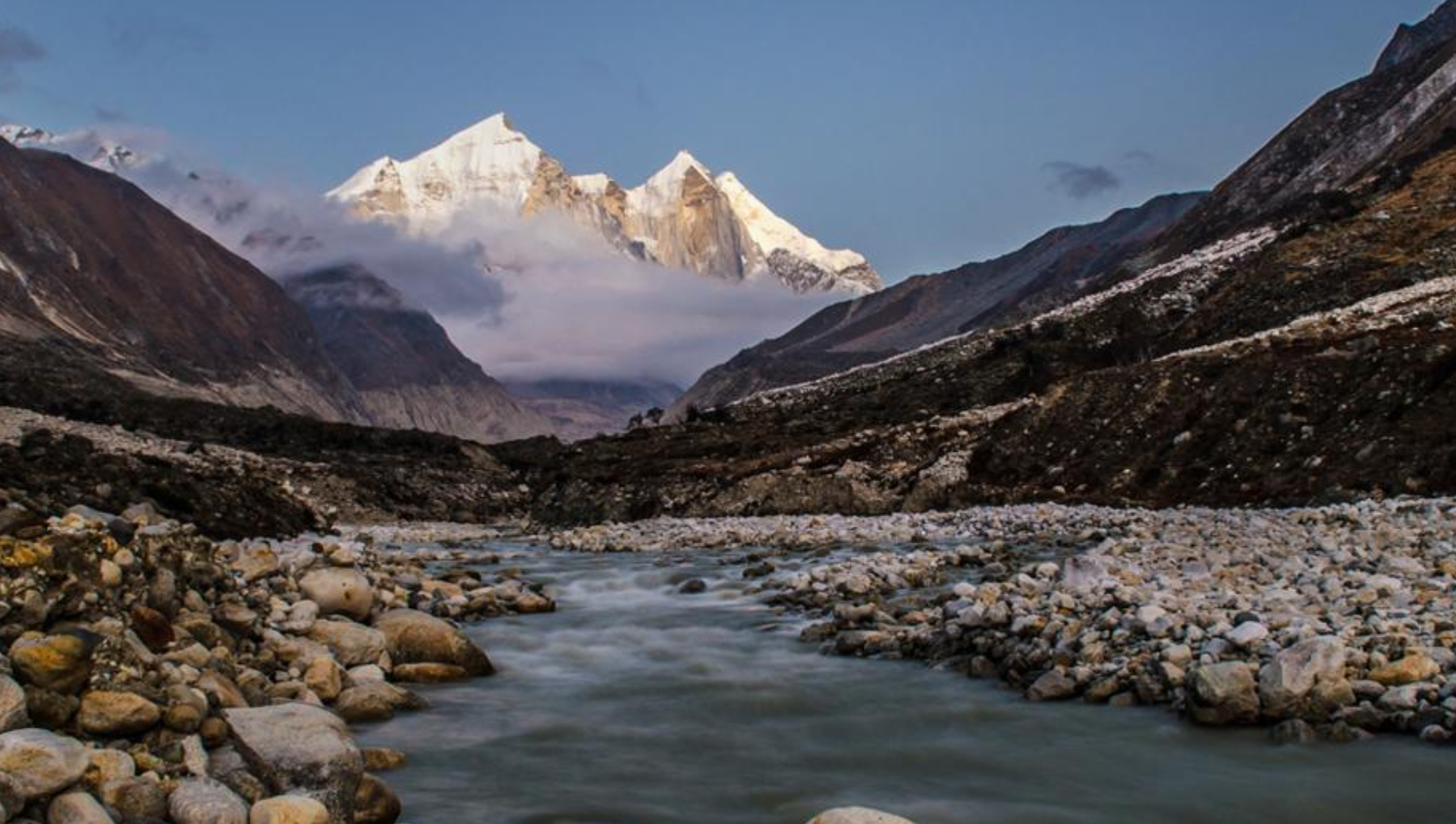


DEHRADUN: Uttarakhand high court on Thursday directed the state government to monitor the glacial lake near Gaumukh glacier, the origin of the river Ganga on monthly basis.
The court was hearing a public interest litigation filed in December 2017 stating that the snout of Gaumukh has been impacted by the debris deposited as a result of landslides so much so that a lake has been formed threatening the 2013 Kedarnath-like disaster.
The division bench comprising Chief Justice Vipin Sanghi and Justice RC Khulbe, while disposing off the petition, directed the State Disaster Management Authority (SDMA) to conduct a survey of the area every year from May to September month when the glacial snow melts resulting in a rise in water levels and publish the findings on its website.
Ajay Gautam, the petitioner in the case, told The New Indian, “The court has also directed the state government to upload the findings, report on the government website.”
Gautam had also added in the PIL that the artificial lake was four times bigger than the Chorabari lake, which had led to the 2013 Kedarnath disaster.
In December 2017, the HC ordered the state government to take effective steps to deal with threats posed by an artificial lake in the Gangotri glacier region which has altered the course of Ganga. The court had termed it a “serious” issue and also directed the state government to take the assistance of the Indian Space Research Organization (ISRO) and the National Disaster Response Force (NDRF) in the matter.
In October 2017, environmentalists and scientists discovered that debris falling from nearby mountains had led to the formation of a lake-like structure at Gaumukh, the snout of the glacier, from where Ganga emerges.
Experts had found that due to the formation of the lake, the river was flowing from the left side of the glacial snout instead of straight as was the case earlier.
Scientists had cautioned that if Ganga continues to flow in its changed course from the lake, it might eventually lead to the collapse of Gaumukh.
In July 2018, the HC directed the state government to rope in the Indian Space Research Organization (ISRO) and Wadia Institute of Himalayan Geology to study the status of the artificial lake forming in the Gangotri glacier region.
In its action taken report submitted to the HC in 2020, the Uttarakhand government recommended the formation of a high power committee comprised of the secretaries of disaster management and information technology departments, the inspector general of police of the State Disaster Response Force (SDRF), as well as the directors of the Wadia Institute of Himalayan Geology and the Indian Institute of Remote Sensing for an effective response to any natural disasters that may occur.
The recommendation was part of an action taken report by the government listing the steps it is planning to take for monitoring the Gangotri glacier region at the mouth of the Gaumukh glacier.